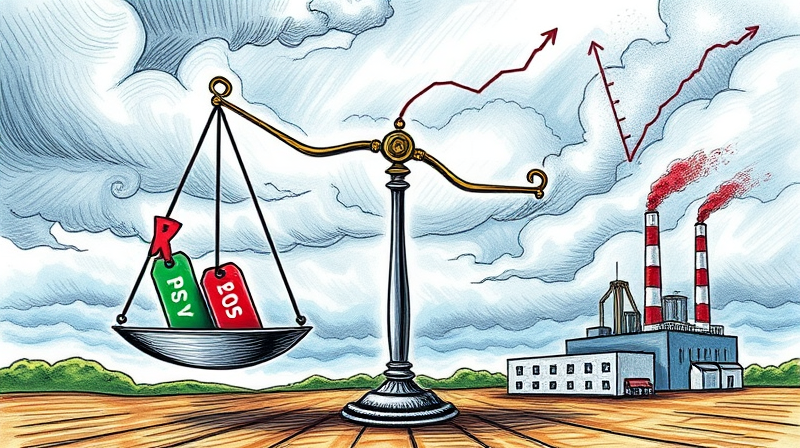
The healthcare sector has a long history of resilience, underpinned by continued technological and pharmaceutical innovation and broad social support that does not wane during recessions.
Despite economic headwinds, healthcare consistently demonstrates resilience due to fundamental drivers that remain intact across cycles.
The COVID-19 pandemic underscored the sector’s essential nature and adaptability. While some segments faced short-term margin pressures and workforce strain, the long-term fundamentals are stronger than ever.
Looking ahead, the sector is poised for significant expansion in the next five years. Overall healthcare EBITDA is anticipated to increase from $676 billion in 2023 to $987 billion by 2028, reflecting a 7% compound annual growth rate (CAGR).
Specialty pharmacy and ambulatory surgery are outpacing traditional inpatient services. Home care volume is set to grow 21% through 2034, compared to just 3% for inpatient care. Locum tenens staffing saw a 15% jump in 2024 and is projected to expand another 6% in 2025 and 5% in 2026.
Several dynamic trends reinforce healthcare’s stability and growth potential:
Regulatory frameworks can both stabilize and challenge stakeholders. The Affordable Care Act has reduced the uninsured rate from 16% in 2010 to 8.5% today, expanding coverage. Yet, 44% of industry executives cite regulatory uncertainty remains a major concern under potential policy shifts, particularly in the United States.
Nevertheless, 60% of leaders hold a favorable outlook for 2025. Among them, 69% expect rising revenues and 71% foresee improved profitability, reflecting strong confidence regardless of political headwinds.
The United States represents the world’s largest healthcare market, accounting for 26% of global GDP. It hosts major pharmaceutical and medical device companies such as Pfizer, Johnson & Johnson, and Roche. The sector’s regulatory oversight, enforced by the FDA, ensures high product standards and oversight, fostering trust among patients and investors alike.
Healthcare’s defensive profile does not render it immune to challenges. Services face ongoing margin pressure due to rising staffing costs and reimbursement constraints, while workforce shortages among nurses and advanced practitioners can limit growth. Policy changes in pricing or coverage pose additional risks, but these factors typically moderate rather than dismantle the sector’s stability.
When evaluating healthcare opportunities, consider these strategic themes:
Looking beyond headline metrics, stakeholders can gain further advantage by focusing on specialized niches such as gene therapy, telehealth platforms, and value-based care models. These sub-segments meet evolving patient needs and attract premium valuations due to high barriers to entry and differentiated innovation.
Finally, fostering partnerships between public and private entities can unlock new avenues for sustainable growth while addressing systemic challenges like rural healthcare access and mental health support. By engaging proactively with policymakers and community groups, investors and executives alike can help shape a healthcare ecosystem that is both profitable and socially impactful.
Healthcare remains more than an economic sector: it is a cornerstone of societal well-being.
References













